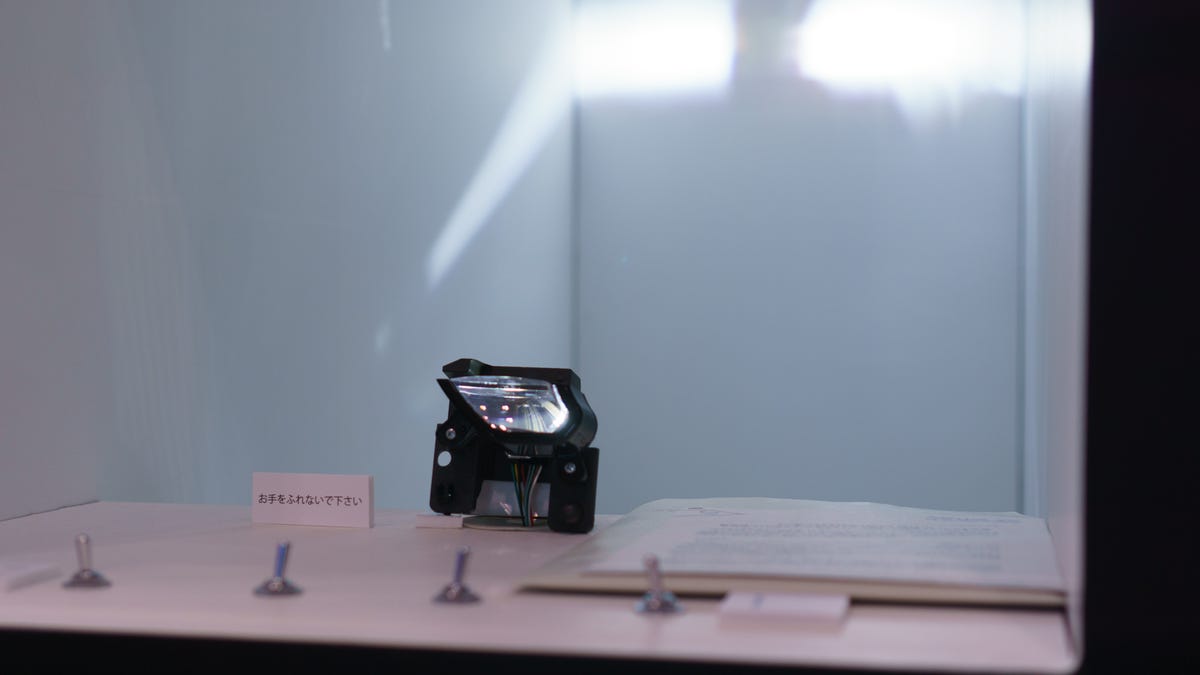Mazda's Adaptive LED Headlights dim only where they need to
Hate blinding other drivers at night, but wish you could see more than you do with your low-beams? Mazda has a solution for you.

Driving down a country road in the middle of the night, you need as much illumination ahead as you can possibly get. That means using the high beams rather liberally. However, leaving them on too much means blinding any car that's ahead of you, whether they're coming or going. Various luxury auto manufacturers have developed headlights that auto-dim when they notice another car, but that means you're stuck with low-beams until the path clears.
Mazda is showing off a better solution at Japan's Ceatec 2014 show, LED headlights that selectively dim only the portion of the light that would be distracting to the drivers ahead. A camera looks ahead and identifies other cars. Using an array of LEDs in each headlight for the high beams, the car can dim each LED individually. So, high-beams all around, but only the low beams in the slice the other car would fit within.
We've seen similar implementations before, like a recent concept from Carnegie Mellon. That solution is far higher-resolution, able to avoid individual drops of rain, but Mazda's solution is far simpler -- and cheaper -- to implement.
To show it off, the company had a headlight cut open on the Ceatec show floor with controls enabling you to manually dim each of the sections, effectively turning off a slice of light. Note that the low-beams would always stay on, but in this way the driver could simply leave the high-beams on and get full brightness to the sides.
Mazda also talked up its autonomous driving technology, showing video of a Mazda3 lapping around the Laguna Seca racetrack without a bit of a human intervention. This demonstration was all the more impressive given that it's relying mostly on sensors already built into cars, including forward-looking cameras and GPS.
Sadly, the company didn't give any indication of when we might see either piece of technology in production, but if we had to guess we'd put our money on the LED headlights showing up first.

